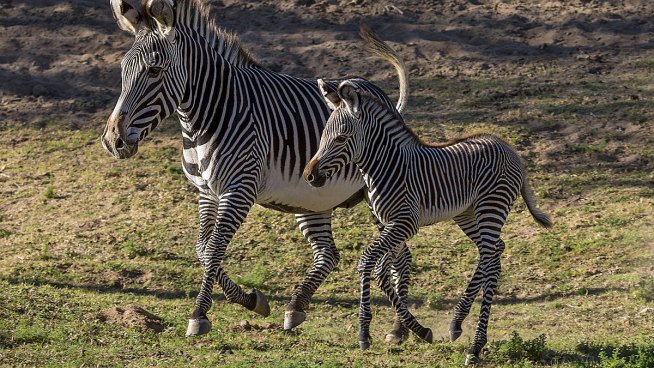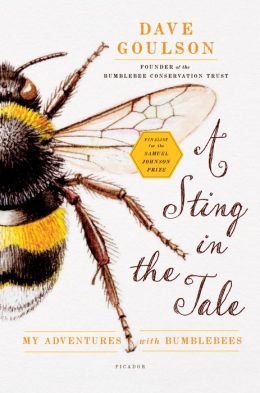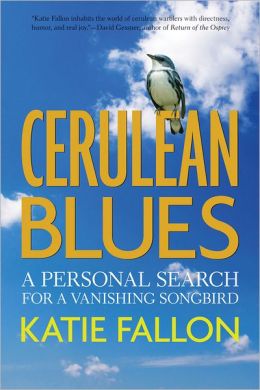

It’s been a great way to start our year ever since!


Happy New Year to all Greenmomsters!


It’s been a great way to start our year ever since!


Happy New Year to all Greenmomsters!
 A new Grevy’s zebra foal was born at the San Diego Safari Park (photo credit: Ken Bohn, Jan. 14, 2014 at the San Diego Zoo Safari Park)
A new Grevy’s zebra foal was born at the San Diego Safari Park (photo credit: Ken Bohn, Jan. 14, 2014 at the San Diego Zoo Safari Park)

 Here’s a meat-free side to bring to the Christmas table – and it’s heavy enough to fill up the vegetarians at the gathering who are avoiding the meat! (Photo and recipe from marthastewart.com)
Here’s a meat-free side to bring to the Christmas table – and it’s heavy enough to fill up the vegetarians at the gathering who are avoiding the meat! (Photo and recipe from marthastewart.com)To ring in the arrival of winter, this week we have an arctic two-for-the-price-of-one deal. Let’s take a look at two cold-weather-loving species that are protected under both the Marine Mammal Protection Act (MMPA) and the Endangered Species Act (ESA). Both are threatened by the loss of  sea ice due to climate change -- ringed seals (Phoca hispida) (photo from Paul Nicklen athttp://animals.nationalgeographic.com/animals/mammals/ringed-seal/) and bearded seals (Erignathus barbatus),
sea ice due to climate change -- ringed seals (Phoca hispida) (photo from Paul Nicklen athttp://animals.nationalgeographic.com/animals/mammals/ringed-seal/) and bearded seals (Erignathus barbatus),
The ringed seal is the smallest seal (averaging 110-150 lbs and 5 feet in length) in the arctic, feeding on fish and invertebrates. They are generally solitary animals. Females reach sexual maturity around 4 years, while males don’t mature until about age 7. Gestation lasts about 9 months, and the females give birth in ice “lairs” that they build out of the thick ice in their habitat. These small seals can live 25 to 40 years. Seal fun fact: these guys can dive for 45 minutes without a breath!
On the other end of the spectrum, the bearded seal is the largest seal in the arctic, weighing in at a hefty 575 to 800 lbs! These seals also have a lifespan of about 25 years and are thought to reach breeding age around 6 to 7 years. These seals are divers, feeding on benthic creatures such as shrimp, cod, crab, octopus, and clams. For a very cool video of the bearded seal, see this Arkive video!
Seals are an important indicator species regarding the arctic and the effects of climate change. Just another reason to get involved – write those letters and reduce your carbon footprint! Here’s a great idea from the Climate Mama blog – climate change holiday cards for our legislators!
Source:
National Geographic. 2012. “Ringed seal (Phoca hispida)” Accessed online 12/23/2012. http://animals.nationalgeographic.com/animals/mammals/ringed-seal/
NOAA Fisheries Office of Protected Resources. 2012. “Bearded Seal (Erignathus barbatus)” December 21, 2012. Accessed online 12/22/2012.http://www.nmfs.noaa.gov/pr/species/mammals/pinnipeds/beardedseal.htm
NOAA Fisheries Office of Protected Resources. 2012. “Ringed Seal (Phoca hispida)” December 21, 2012. Accessed online 12/22/2012. http://www.nmfs.noaa.gov/pr/species/mammals/pinnipeds/ringedseal.htm
 Well actually, it’s never REALLY mango time where I live – we can’t grow them here – but it’s really nice to have a little taste of summer in the middle of winter! I found this recipe on MarthaStewart.com and then altered it a bit.
Well actually, it’s never REALLY mango time where I live – we can’t grow them here – but it’s really nice to have a little taste of summer in the middle of winter! I found this recipe on MarthaStewart.com and then altered it a bit.I’m guessing that most greenmomsters understand the effects of climate change and one of our biggest producers of CO2 – coal. Here’s some background info, in case you need a review. But what about our friends and acquaintances who still don’t “believe in” the man-made causes of climate change? Is there any other reason to quit coal? Here are three good reasons to cut our coal consumption and support EPA’s attempts at regulation. I understand it won’t be easy; I get my electricity from a coal-fired power plant. But just because it’s difficult, doesn’t mean it shouldn’t be our goal.


3. The personal cost – From Clean Technica, “ Though solar power is still far from surpassing coal as America’s primary energy source, the number of people employed by the solar industry has surpassed the number of coal miners. The non-profit Solar Foundation estimates that 
Coal mining is dangerous and dirty. Although it has been a way of life for many families for many generations, maybe it’s time to consider alternative jobs and job training. If you haven’t yet read it, you might want to check out this fascinating book on one player in the WV coal industry, The Price of Justice by Laurence Leamer. For an in-depth look at some of the effects of coal mining on folks in West Virginia, consider watching Burning The Future: Coal in America:
Believe it or not, this recipe is a hit with the kids! It’s a filling, warm soup – perfect for the middle of winter, using lots of in-season items.
Cabbage and Potato Soup
1 small head of cabbage, coarsely chopped into 1 to 2 inch squares
6 yukon gold potatoes, peeled and chopped into 2 inch cubes
1 medium onion, coarsely chopped
3 to 4 tablespoons butter
1/2 tablespoon black pepper
1/2 teaspoon salt
2 1/2 tablespoons fresh thyme (about 1 1/2 tablespoons if you’re using dried thyme)
4 cups vegetable broth
2 cups water
Instructions:

It’s the first day of December, and once again we’re dreaming of a white Christmas (and we might get it on the East Coast tomorrow!), but what about a green Christmas? Two years ago, greenmomster started posting some ideas for making your Christmas celebrations a little more eco-friendly. Here are some old and new ideas for greening up the holiday!
 2) The tree! OK, it’s the age-old debate – should we use a fresh tree? artificial? tree in a pot to be planted later? A few thoughts, then you make your own decision:
2) The tree! OK, it’s the age-old debate – should we use a fresh tree? artificial? tree in a pot to be planted later? A few thoughts, then you make your own decision:  4) The gifts! There are actually fun green gifts that don’t lead to forced smiles and insincere “thank yous!”
4) The gifts! There are actually fun green gifts that don’t lead to forced smiles and insincere “thank yous!” 